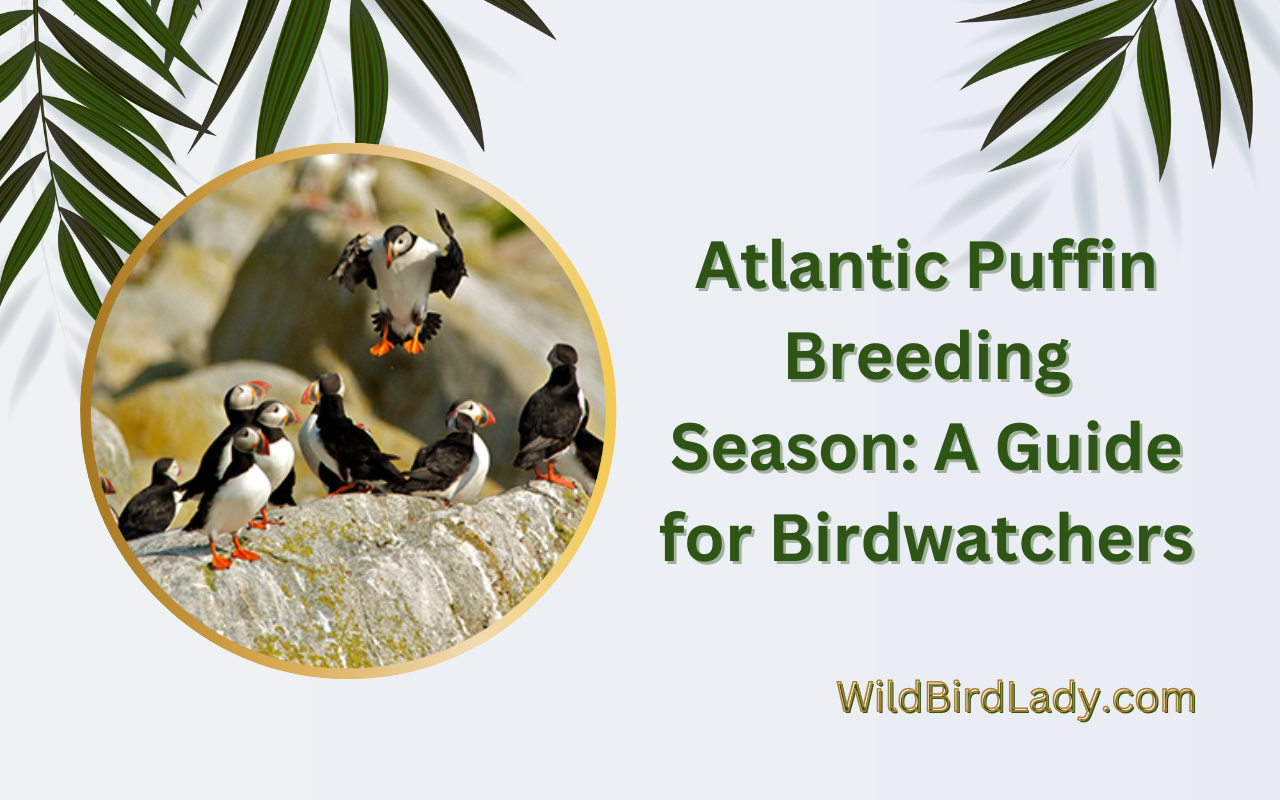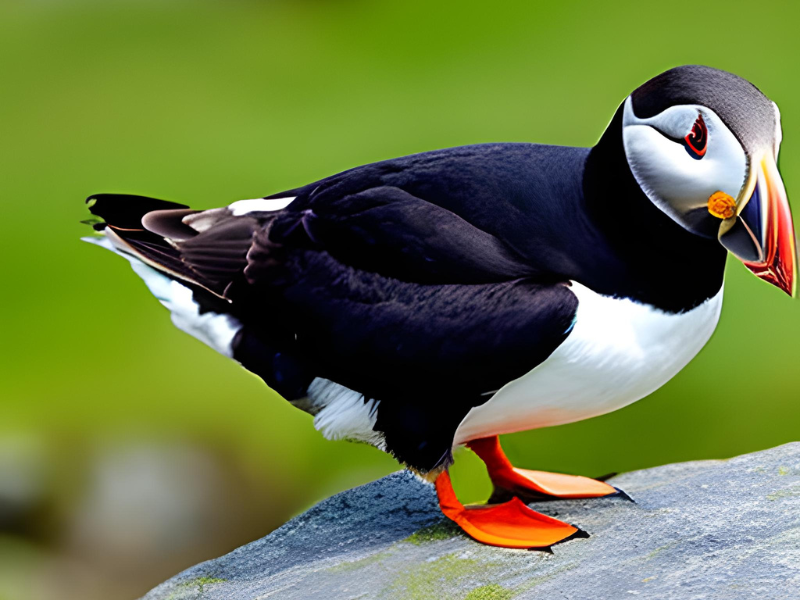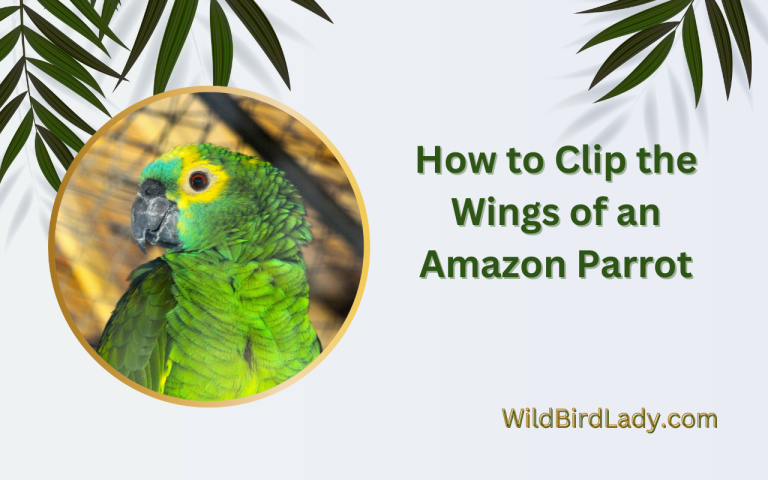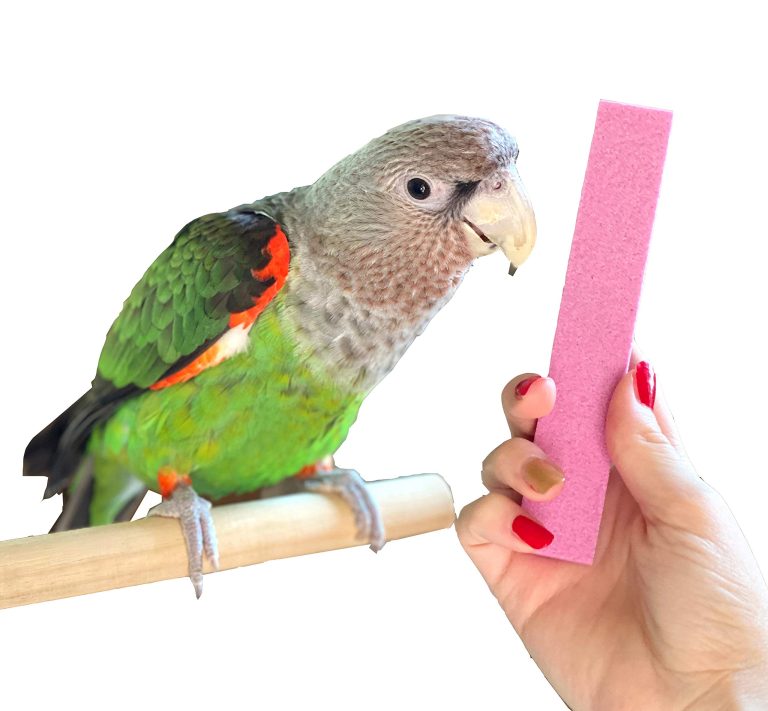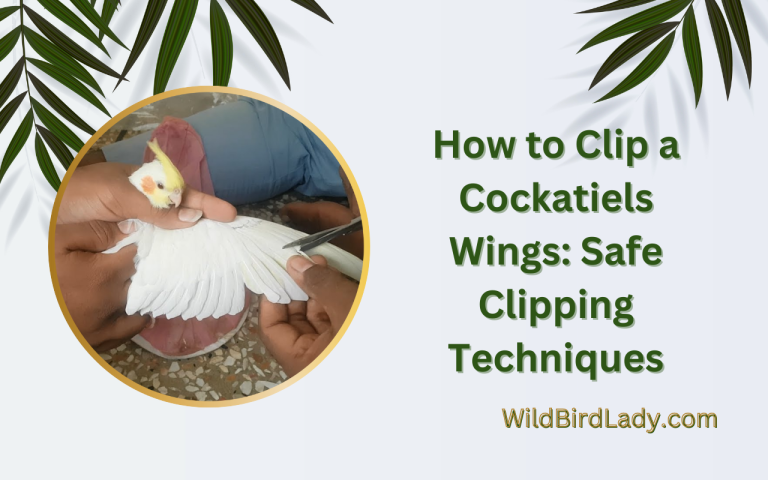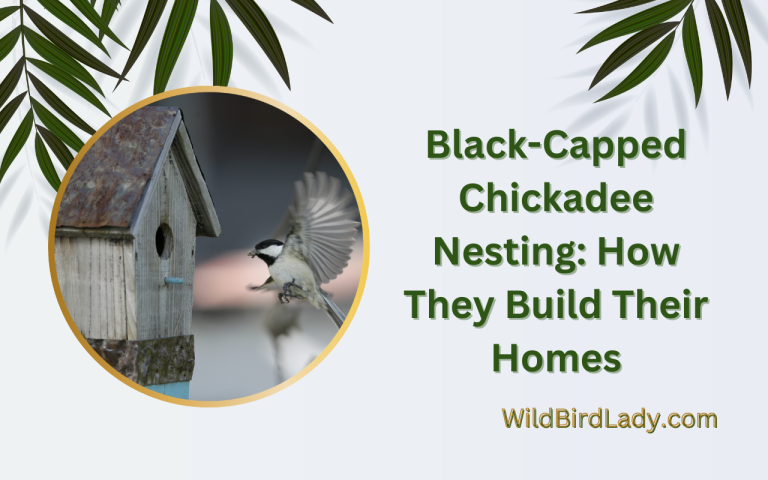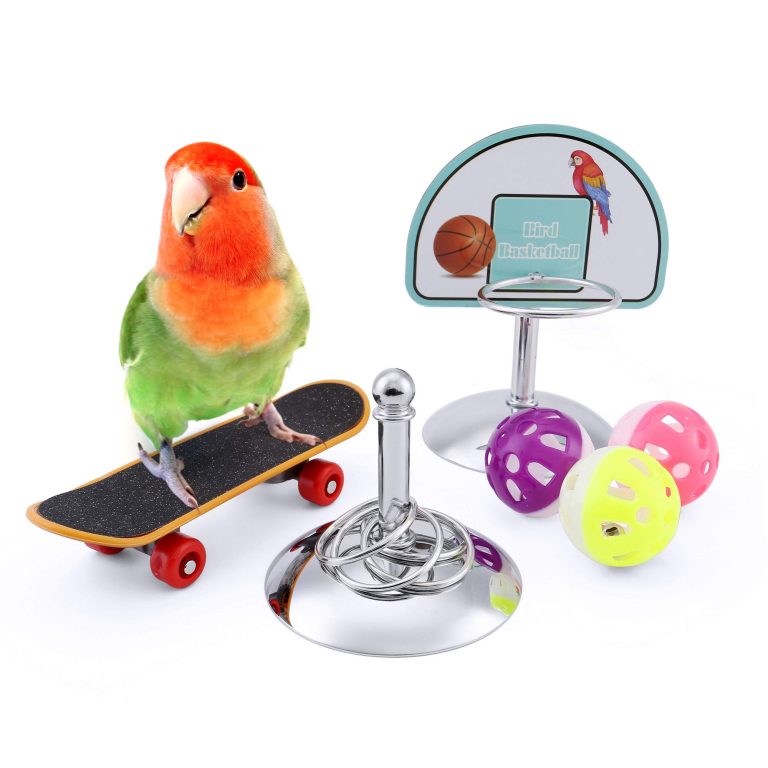Atlantic Puffin Breeding Season: A Guide for Birdwatchers
🐦 Atlantic puffins breed during the summer months and their breeding season varies by location. Birdwatchers can observe atlantic puffins during their breeding season in their natural habitats.
Ah, the magical time of the year when the cliffs come alive with a flurry of vibrant feathers and comical beaks! Yes, my friends, we are diving headfirst into the Atlantic Puffin breeding season, where these quirky seabirds put on a show that would rival any Broadway production. Picture this: a bustling colony of puffins with their signature black-and-white tuxedos and orange beaks glowing like beacons of laughter. It’s a scene straight out of a whimsical fairy tale.
But why is this breeding season such a big deal, you ask? Well, let me tell you a secret. These charming puffins are not just masters of comedy but experts at finding lifelong love and creating their adorable puffling offspring. And that’s not all! This article will whisk you away on an adventure filled with fascinating facts about puffin courtship rituals, their impressive parenting skills, and the challenges they face in a changing world.
Are you ready to witness these captivating creatures’ wild romance and family dynamics? Prepare to be dazzled by their aerial acrobatics, tickled by their playful personalities, and touched by their unwavering dedication to their feathered families. So, fasten your seatbelts, grab your popcorn (or fish?), and embark on an unforgettable journey through the enchanting world of the Atlantic Puffin breeding season. Trust me, you won’t want to miss a single feathered moment!
Credit: www.cbc.ca
Understanding Atlantic Puffin Breeding Season
Atlantic Puffin Breeding Season: A Guide For Birdwatchers
Atlantic puffins are fascinating creatures, and watching them during their breeding season can be an incredible experience. If you are a birdwatcher looking to observe these seabirds, it’s vital to understand their breeding behavior. In this post, we will discuss the Atlantic puffin breeding season, their behavior during this time, and why they migrate to specific locations.
When Does The Atlantic Puffin Breeding Season Begin And End?
The breeding season for Atlantic puffins is typically from late April to mid-august. During this time, they spend most of their time gathering food for their newborns and protecting their nesting area. After August, the adult puffins leave their chick on their own and return to the ocean.
Overview Of Atlantic Puffin Breeding Behavior
Atlantic puffins are monogamous birds, meaning that they mate for life. Male and female partners work together, taking turns incubating the eggs and catching food for their offspring. During the breeding season, Atlantic puffins often engage in courtship behavior, including billing and head-tossing.
They also construct their burrows on rocky cliffs using their sharp beaks and claws.
Why Do Atlantic Puffins Migrate To Specific Locations For Breeding?
Atlantic puffins migrate to specific locations for breeding because they require a safe and suitable habitat. These seabirds choose cliffs as nesting sites to protect their chicks from predators such as gulls and eagles. The burrows they dig on these cliffs provide a safe and secure shelter for the birds and their young.
Atlantic puffins also need an abundance of fish to feed their chicks. Therefore, they tend to choose locations where food is plentiful, such as the coasts of Iceland and Newfoundland.
Atlantic puffins are fascinating birds with unique breeding behavior. Understanding their breeding season and behavior can help birdwatchers observe these seabirds with ease and respect for their environment. If you plan on watching Atlantic puffins during their breeding season, make sure to keep a safe distance and avoid disturbing their natural habitat.
Atlantic Puffin Breeding Grounds
Atlantic Puffin Breeding Season: A Guide For Birdwatchers
The Atlantic puffin is a fascinating species that is widely known for its brightly colored bill, sharp claws, and waddling walk. If you are a birdwatcher or simply in awe of these majestic creatures, you will not want to miss out on the Atlantic puffin breeding season.
During this time, the birds are in their element with unique characteristics that make them stand out evermore. To help guide you on the path to observing these magnificent birds during their breeding season, let’s explore Atlantic puffin breeding grounds in north america and the unique challenges to accessing and observing them.
A Comprehensive Guide To Atlantic Puffin Breeding Locations In North America
The Atlantic puffin breeds on remote islands and coastal cliffs along the eastern coast of north America, from Maine in the united states to Newfoundland and labrador in Canada. Here are some of the best breeding locations to observe these birds:
- Machia’s seal island, Maine: This small island in the Gulf of Maine is a perfect location to observe Atlantic puffins.
- Eastern egg rock, Maine: This island has played a significant role in recovering the Atlantic puffin population after their local extinction.
- Witless Bay, Newfoundland and Labrador: A scenic spot home to many seabirds, including puffins.
Key Features And Characteristics Of Atlantic Puffin Breeding Areas
Coastal cliffs, rocky islands, and grassy tundra characterize the Atlantic puffin habitat. However, several distinctive features attract them to these breeding locations:
- The seabirds inhabit enclosed burrows that they excavate in the soil or in crevices beneath boulders.
- Atlantic puffins are known for their colorful bill, which they obviously use to attract a mate and show off their fitness.
- Another unique characteristic is their distinctive penguin-like waddling, which adds to their charm and makes them an excellent subject for photographs.
Unique Challenges Of Accessing And Observing Atlantic Puffin Breeding Grounds
Observing Atlantic puffins in their breeding grounds can be a daunting challenge. Here are some of the unique challenges that birdwatchers face in accessing these remote locations:
- Many breeding grounds are located on islands that are only accessible by boat.
- Access to some islands is restricted due to conservation efforts to protect the bird populations.
- Getting close enough to observe the birds without causing disturbance can be challenging.
Observing Atlantic puffins breeding on coastal cliffs and remote islands can be a fascinating experience for birdwatchers. This guide has outlined some great breeding locations, key habitats that attract the Atlantic puffins, and unique challenges associated with accessing and observing them.
Use it to plan your next Atlantic puffin breeding season adventure – you won’t regret it.
Behaviors And Adaptations Of The Atlantic Puffin
Atlantic Puffin Nesting Behavior
During the breeding season, Atlantic puffins spend most of their time on land, forming colonies where they dig burrows to nest and lay eggs. The male and female puffins take turns to incubate the egg and once it hatches, both parents take turns to feed and care for the chick.
Here are some key points on Atlantic puffin nesting behavior:
- Atlantic puffins form breeding colonies on cliffs and islands
- They dig burrows up to 3 feet deep to lay their egg
- Both parents take turns incubating the egg and feeding the chick
- Chicks leave the burrow when they are around 6 weeks old
Vocalizations And Displays During Breeding Season
Atlantic puffins use a variety of vocalizations and displays during the breeding season to attract mates, communicate with their partners, and establish territory. Their bill and feather colors also change during this period, making them more attractive to potential mates. Here are some key points on Atlantic puffin vocalizations and displays:
- Atlantic puffins use a variety of calls, ranging from low growls to high-pitched screams
- They also perform a ‘billing’ display where they tap their bills together
- Their bill and feather colors become brighter and more vibrant during the breeding season
- Puffin body language can also indicate aggression or submission
Physical Adaptations Of Atlantic Puffins For Breeding And Survival In Harsh Environments
Atlantic puffins have several physical adaptations that allow them to survive and breed in harsh environments. For example, their specialized bills and wings enable them to catch and carry fish back to their chicks efficiently. They also have unique feather structures that insulate them from the cold and waterproof their bodies during dives.
Here are some key points on Atlantic puffin physical adaptations:
- Atlantic puffins have a specialized bill that allows them to catch and carry multiple fish in their mouths
- They use their wings to ‘fly’ underwater, allowing them to pursue fish more efficiently
- Puffins have a thick layer of feathers that insulate their bodies from the cold and keep them buoyant in the water
- Their feathers are also waterproofed with oil to prevent waterlogging during dives.
Best Practices For Birdwatchers During Atlantic Puffin Breeding Season
Atlantic Puffin Breeding Season: A Guide For Birdwatchers
Atlantic puffins, also known as the clowns of the sea, are cute little birds with colorful beaks, making them a popular sight among birdwatchers. The breeding season is particularly exciting to observe these creatures as they show off their unique courtship and mating rituals and tend to their cute little pufflings.
However, it’s important that birdwatchers observe these birds in a responsible manner to avoid disrupting their natural habitat. Here are some best practices for birdwatchers during Atlantic puffin breeding season.
Tips For Responsible Birdwatching
- Respect the birds’ personal space and avoid getting too close to them (at least 20 feet away)
- Use binoculars or a camera lens with a zoom feature to get a closer look without disturbing them.
- Avoid loud noises and sudden movements, which may startle and stress the birds.
- Stay on designated paths to avoid trampling on their nesting grounds
- Do not feed the birds, as their diet consists of fish and other marine creatures that they catch on their own
- Avoid visiting their nesting sites during the early morning and late afternoon to minimize disturbance
Basic Birdwatching Equipment Required
To fully enjoy birdwatching, you need the right equipment. Here is some basic birdwatching equipment that you will need to observe Atlantic puffins during breeding season:
- Binoculars with a magnification power of at least 7-10x to get a closer look
- A spotting scope with a tripod and a zoom lens will help you get even closer
- A camera with a telephoto lens if you want to take pictures of the birds
- Comfortable and waterproof shoes since you will be walking on rocky and wet terrain
- A hat, sunscreen, and sunglasses to protect your skin and eyes
Behavior Guidelines For Observing Atlantic Puffins
Observing Atlantic puffins during the breeding season can be a delightful experience if you keep the following behavior guidelines in mind:
- Watch their behavior from a safe distance without disturbing them
- Avoid blocking their paths and avoid staying too long in one area
- Use non-flash photography since flashing can frighten birds, endangering their lives
- Stay informed and up-to-date on weather and tide conditions before visiting any puffin viewing sites
- Always follow the instructions of any park rangers or local guides, as they are trained to ensure responsible behavior among birdwatchers.
The Atlantic puffin breeding season is a unique and special wildlife experience readily available to bird enthusiasts and nature lovers alike. As with any animal, it’s imperative that we observe and respect boundaries to ensure their continued survival. Remember, birdwatching can only be truly enjoyable when it takes place without endangering the birds we love.
Frequently Asked Questions
What Is The Breeding Season Of Atlantic Puffins?
The breeding season of Atlantic puffins takes place from April to August.
Where Do Atlantic Puffins Breed?
Atlantic puffins breed in colonies on offshore islands and coastal cliffs.
How Long Is The Incubation Period Of Atlantic Puffins?
The incubation period of Atlantic puffins is around 40-45 days.
How Can I Identify An Atlantic Puffin During The Breeding Season?
During the breeding season, atlantic puffins have a distinctive bright and colorful beak, which fades to a duller color after the breeding season.
What Is The Diet Of Atlantic Puffin Chicks?
Atlantic puffin chicks are fed with mostly small fish, such as sand eels and herring, and sometimes squid.
What Are Some Popular Sites To Observe Atlantic Puffin Breeding Season?
Some popular sites to observe Atlantic puffin breeding season include machias seal island, Maine; Skomer island, wales; and Grimsey island, Iceland.
Final Takeaway
As the atlantic puffin breeding season comes to an end, it’s essential to reflect on the importance of this time for birdwatchers. This period provides a unique opportunity to witness nature at its finest, with puffins engaging in courtship behaviors, mating rituals, and raising their young.
Watching the process of puffin parenting and experiencing their human-like qualities is a true delight. Birdwatchers can enjoy the sight of these colorful birds and understand the reasons for their declining numbers and the efforts to protect them. It’s essential to be mindful of the environment and respect puffin habitats to ensure future generations can witness this spectacle.
The atlantic puffin breeding season is a true wonder to behold and educational too. Every birdwatcher should make their way to witness the breeding season at least once in their lifetime, and it is sure to leave a lasting impression.

